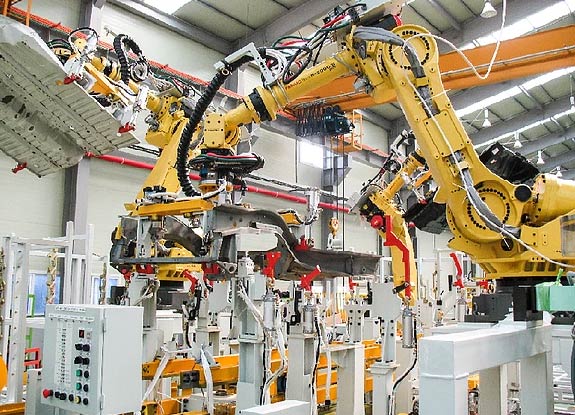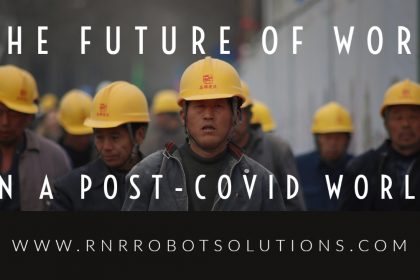A new report, surveying the robot automation 2019 transformative trends across industry, foresees a big increase in robots and automation. This is being driven by lower-cost and more flexible technologies.
Robots are increasingly being used across industry in order to make repetitive and high-volume tasks easier. Robots don’t tire and they are easier and quicker to program.
According to a new report from the International Federation of Robots (titled “Robotics 2019”), the use of robots will increase across industry in 2019 and beyond. This mirrors a review by McKinsey titled “The great re-make: Manufacturing for modern times”.
These reviews indicate that many manufacturing firms have turned to robotics and the implementation of automation technologies looks set to grow. The biggest growth area will be China which will have 40 percent of total worldwide robotic sales by 2019, an increase from 27% percent in 2015. The number of industrial robots in China will increase tenfold to 1.8 million units by 2025.
The International Federation of Robots report also finds that as robot production has increased, the costs associated with producing robots have fallen. Taking the past thirty years into consideration, the typical price of a robot has dropped by 50 percent in real terms. These costs have fallen considerably in comparison to labour costs, especially in higher-income countries.
The report identifies 3 key growth areas:
- Automotive, citing the example of a BMW plant where stud and spot weld tasks are 100% completed by robots
- Pharmaceuticals, where a high degree of reliability and accuracy can be achieved through the application of robotic technologies
- Electronics, such as a Philips plant making electric razors, where the majority of tasks are carried out by robots
Robot automation 2019 is a trend we will see throughout the year, as key drivers for improving productivity will demand ever wider use of robot technology.










